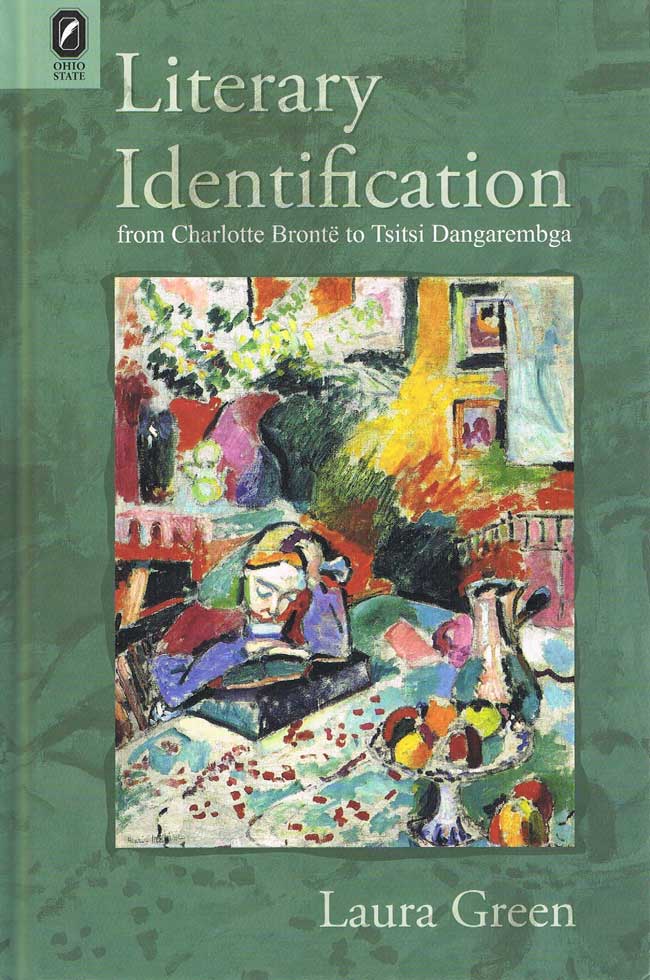Literary Identification from Charlotte Brontë to Tsitsi DangarembgaLaura GreenTheory and Interpretation of Narrative |
 9/20/2012 Literary Criticism/Women Authors; Literary Criticism/General 230 pp. 6x9  $59.95 cloth 978-0-8142-1199-1 Add cloth to shopping cart $29.95 paper 978-0-8142-5639-8 Add paper to shopping cart Shopping Cart Instructions Review/Change Shopping Cart & Check-out | |||
|
Explore More |
“Laura Green’s latest study supplies clearly articulated tools for discussing a central feature of the novel of formation: the process of growing up through identification with another, whether a character or an author, and the textual cognates of this structure. It is a welcome contribution thanks to Green’s focus and thorough analysis of close to one hundred fifty years of women’s fiction writing.” —Heta Marjatta Pyrhönen, professor of comparative literature at the University of Helsinki Literary Identification from Charlotte Brontë to Tsitsi Dangarembga, by Laura Green, seeks to account for the persistent popularity of the novel of formation, from nineteenth-century English through contemporary Anglophone literature. Through her reading of novels, memoirs, and essays by nineteenth-, twentieth-, and twenty-first-century women writers, Green shows how this genre reproduces itself in the elaboration of bonds between and among readers, characters, and authors that she classifies collectively as “literary identification.” Particular literary identifications may be structured by historical and cultural change or difference, but literary identification continues to undergird the novel of formation in new and evolving contexts. The two nineteenth-century English authors discussed in this book, Charlotte Brontë and George Eliot, established the conventions of the novel of female formation. Their twentieth-century English descendants, Virginia Woolf, Radclyffe Hall, and Jeanette Winterson, challenge the dominance of heterosexuality in such narratives. In twentieth- and twenty-first-century narratives by Simone de Beauvoir, Jamaica Kincaid, and Tsitsi Dangarembga, the female subject is shaped not only by gender conventions but also by colonial and postcolonial conflict and national identity. For many contemporary critics and theorists, identification is a middlebrow or feminized reading response or a structure that functions to reproduce the middle-class subjectivity and obscure social conflict. However, Green suggests that the range and variability of the literary identifications of authors, readers, and characters within these novels allows such identifications to function variably as well: in liberatory or life-enhancing ways as well as oppressive or reactionary ones. Laura Green is associate professor and chair of the department of English at Northeastern University. She is also the
author of Educating Women: Cultural Conflict and Victorian Literature (2001). | |||

